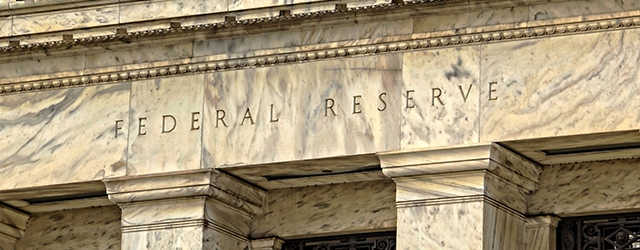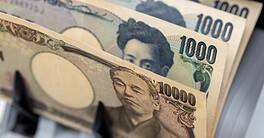Trouble in the financial markets means a more activist fed.

The US Federal Reserve is buying Treasury bills and other high-quality collateral to pump billions of dollars of liquidity into the short-term market to make sure that a sudden spike in the overnight lending rate doesn’t happen again. The year-end period, when corporate tax payments are due, will be a key test of whether the Fed has regained control of the repurchase, or “repo,” rate that banks charge each other for short-term loans.
Credit risk for US corporate issuers of commercial paper due to temporary dislocations in short-term lending markets should be limited. That’s because high-quality issuers generally have committed revolvers to backstop their paper issuance, providing credit support for investors and backup liquidity, according to Fitch Ratings.
The Fed said it would begin purchases of $60 billion a month, continuing into the second quarter of 2020, to head off a supply/demand imbalance such as occurred toward the end of the third quarter. The surge in the repo rate from 2% to more than 10% was surprising, since the market for US Treasuries is normally one of the most liquid markets worldwide. Fitch said the imbalance was driven by the Fed’s balance sheet wind-down, seasonal withdrawals from money market funds and banks for tax payments, and growing US Treasury issuance to finance the US deficit.
Fitch notes that the commercial paper market seized up in September 2008 due to a crisis of confidence in asset-backed securities stemming from the subprime mortgage crisis and losses in a large money market fund that caused outsize redemptions. The Fed intervened to calm market fears, and the US commercial paper market has remained around $1.1 trillion since the end of the financial crisis, Fitch says.
Elevated repo rates and an inverted yield curve may reflect the Fed’s balance sheet as much as the real economy. Bank reserves had been declining ever since the Fed began shrinking its balance sheet in October 2017. The Fed will now start growing its balance sheet once more.



